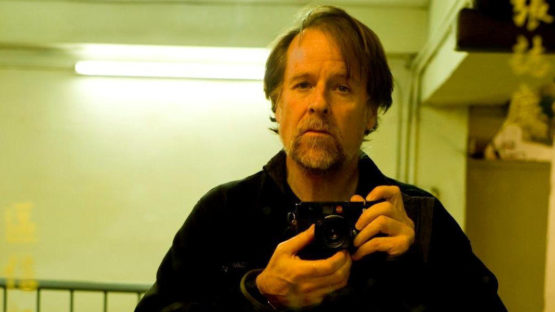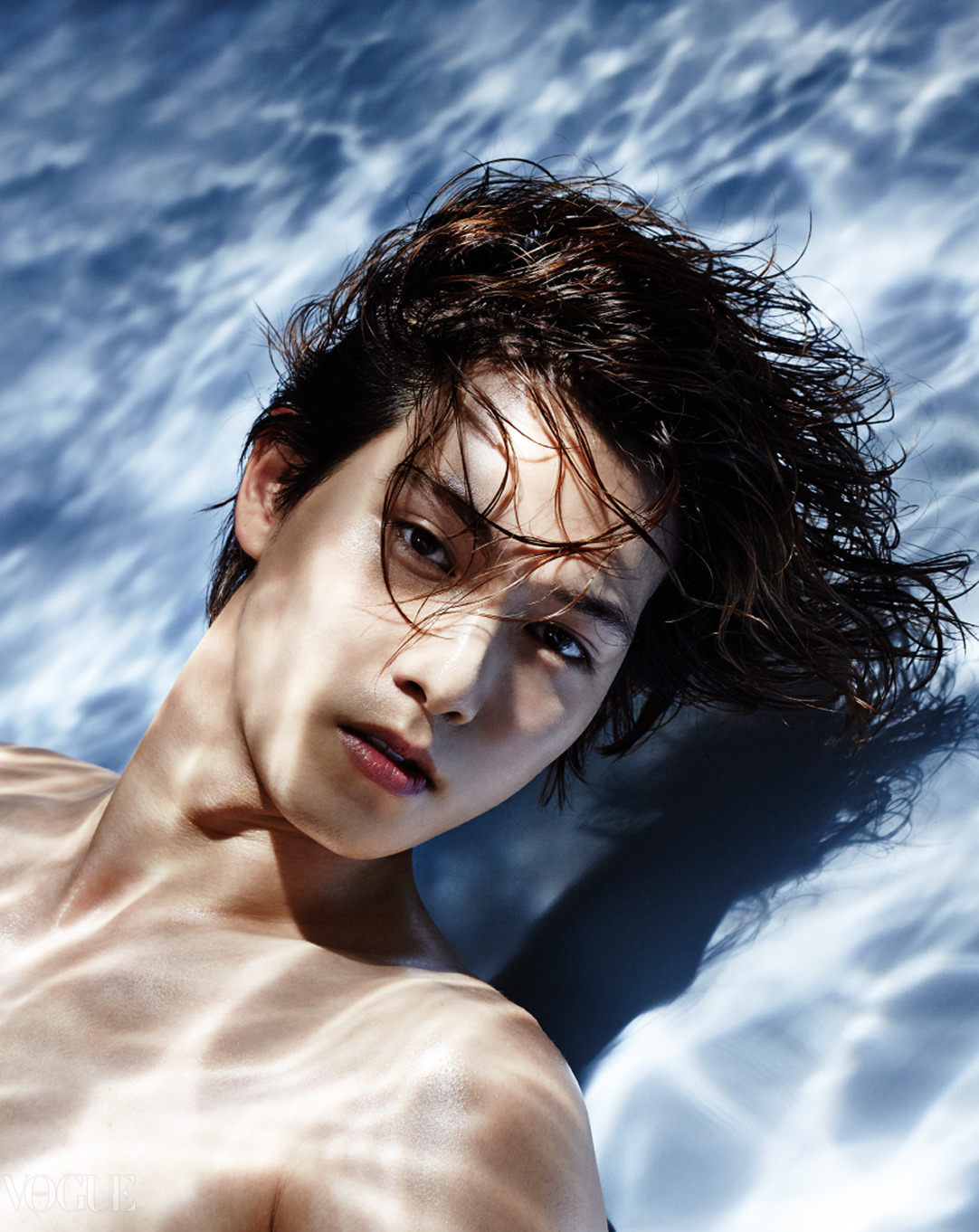Women Photojournalism- Trials and Triumphs
Nadja Wohlleben
Nadja Wohlleben is an
independent journalist, documentary photographer and cultural anthropologist in Berlin. Her location is in
Berlin, Germany. She speaks English, Spanish, German, and French. Nadja states,
"I focus her wok on concepts of femininity, power and identity". As she mentions in her bio,
"My interest is mostly in stories about females who fight back against gender-based violence, striving to improve their life circumstances in their respective societies"
Nadja experiences started around the years of 2008. During 2008 to 2012, she was an Event Manager in concerts, and festivals. During 2009, she became a Film Producer were she filmed event documentaries, interviews, and supervision of postproduction. Since 2013 to present, she is
focused in documentary, photojournalism, editorial, portraits, and corporate. Nadja mentions in her bio,
"I am a member of "Women Photograph"and am represented by "Laif Photo Agency". Some of her trials and triumphs such as awards/agents are as she mentions in her bio,
"International Photography Awards, NPPA's Best of Photojournalism Awards, The Photography Gala Awards, Moskow International Foto Awards,VG Bild Kunst Grant, FotoVisura Photography Grant (shortlisted), BURN Magazine's Emerging Photographer Grant (shortlisted). Her photography has been exhibited in London, Barcelona and LA."
Gender Discrimination is the disadvantage treatments or inequality of a group based on their gender. In this case, females at jobs/professions. Women face gender discrimination mostly in professions that have to do with engineering, education, technology, or jobs who serve the public. A couple of these professions are: Firefighters, Janitors, Sport jobs such as coaches, Police, Producers, Directors, Surgeons, Dentist, Chief, Private Detective and Investigators. From the jobs I mentioned, they are called male-dominated woking class jobs. In the article
Both men and women face gender discrimination in jobs usually filled by opposite sex, Lois mentions,
Men were called back for the male-dominated working-class jobs 44 percent more often than women were. And when ads specified traits like strength and mechanical ability, she noted, women got only half the callbacks the men got.
This is unfair, if a female feels or knows she can get the job done they should be given the chance to try.
Discrimination of any type can be seen anywhere. Gender discrimination happens in photojournalism as well. In the article, Civic U.S News it stated,
"The median wage for men was higher than for women in almost every job category at the newspaper." You would think, why would they pay men more than a women? It shouldn't matter who is behind the camera as long as the work is done correctly and the images are well and interesting enough. For example, having images captured for the news. Gender discrimination as I mentioned is seen everywhere. In the article
"A look at gender discrimination against women" it states
"Gender lines are drawn early, and exclusions for women continue throughout adulthood. These constant messages may lead to a false belief that women do not belong in the corporate world." I agree with this, as soon as you are born and as you go through life, people are stereotyping all the time. In the site,
"saidtoladyjourns", you can read anonymous messages to lady Journalists. Reading some of these messages are very upsetting because this goes into a different type of sexual discrimination. There are many men who believe they have an opportunity with a female and that's not right. In this website, you can also see people being very negative towards a females work.
Year Created: 1970
Principle #1: Is the image black and white or color?
This image was not taken at a time only black and white was possible. The photographer could have had the choice to make the image either black and white or color. Films with color started around 1950s. This image is black and white.
Principle #2: Exposure time
In this image, I believe that a fast shutter speed froze the action. Many females want a peaceful and equal world. With what they felt whether is was anger or sadness, it was their emotions that influenced them to their decision-making.
Principle #3: Subject's Expression
The image does not look relaxed instead it looks serious, females are trying to get a point across. With what they were feeling inside, I believe this act was for people off camera and camera. The body image does fit the facial expressions.
Why did I choose the image?:
I chose this image because it shows that women were striking for there right. The women in this image were striking for free abortion on demand and equal opportunity in employment and education. In which I read in the article, they succeeded in the gender equality in workplaces and universities, which is why I choose this image to show the action of women wanting to get what they deserve.
Year Created: 2014
Principle #1: What feelings does the image create?
I feel sad that sometimes women have to go through so much compared to men. We have to deal with so much more than they do, more so with pain. For example, women have to go through childbirth and menstrual. The tears in her face helped me crate that feeling.
Principle #2: Background compliments or detracts from composition?
In this image there are things in the background that could have compete for attention but she blurs the background to show that the main focus is her. The background is out of focus. This draws more attention to the women because it is showing her emotions and she wants the viewers to see her pain even though viewers don't necessarily know the meaning behind it.
Principle #3: Depth of field
The right amount of area is in focus. I believe this image shows shallow.The depth of this image directs my attention, because sometimes when something is going wrong in general and I break down everything else becomes a blur and your main focus is to break down to let everything out.
Why did I choose the image?
I chose this image because I wanted to compare this image to the image below. This image shows that "Yes girls are more sensitive than men" but that doesn't make us any weaker. Women just handle emotions differently than men. In this image, Nadja mentions on her caption, that she took this self portrait after a fight with her ex-partner. As Nadja mentions, this image is named
"Despair". This image brought a lot of attention to me because after a break up sometimes this is exactly what a woman wants to do due to experiences.
Principle #1: Keep it Simple
This image is very simple. There is just the boxing "sac" and her standing with her gloves. Also looks pretty simple because the boxing "sac" is covering 1/3 of the image.
Principle #2: Quality of Light
The light in this image is surprising. The reason why I think it's surprising is because I feel like the image was meant to be taken due to the sun being so bright at the moment she took it. The direction of the light impacts the image because it directly shines on the woman.
Principle #3: In or out of focus
This image is in focus and it helps create the feeling that was intended to be. She wanted to how that she is powerful for the person she is. Also, she looks very confident.
Why did I choose the image?
I chose this image to compare the image above. In the image above is the stage that women are emotional and sensitive. But once we have overcame the situation/stage, women come back stronger than before. Women stand back up and keep fighting for themselves, dreams, and success. This image represents a woman who punches her way through a prejudice environment and who has to prove herself.






























